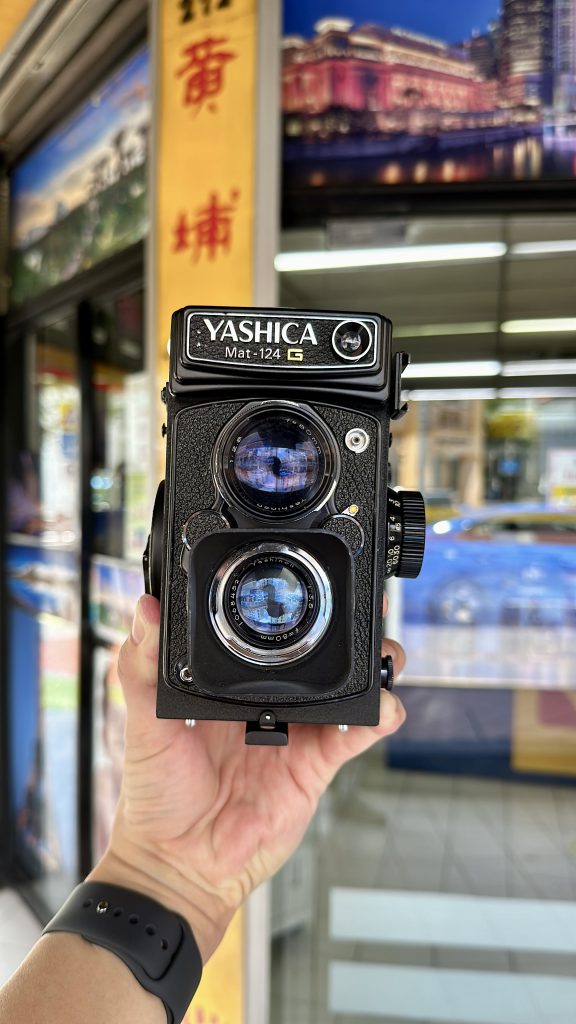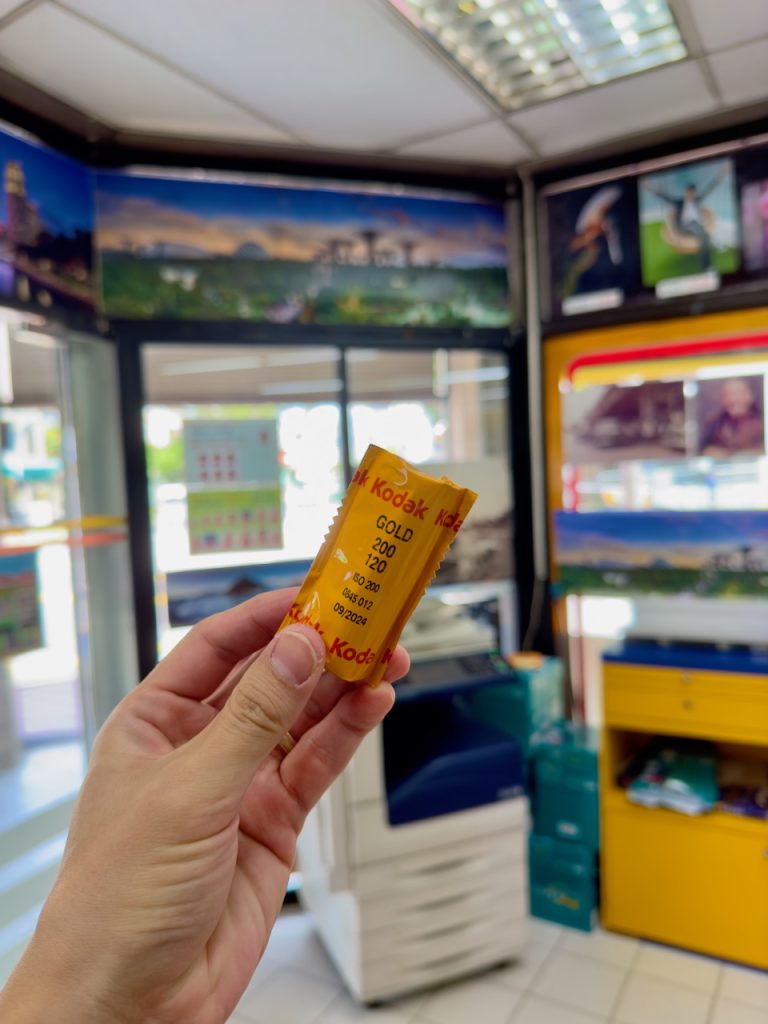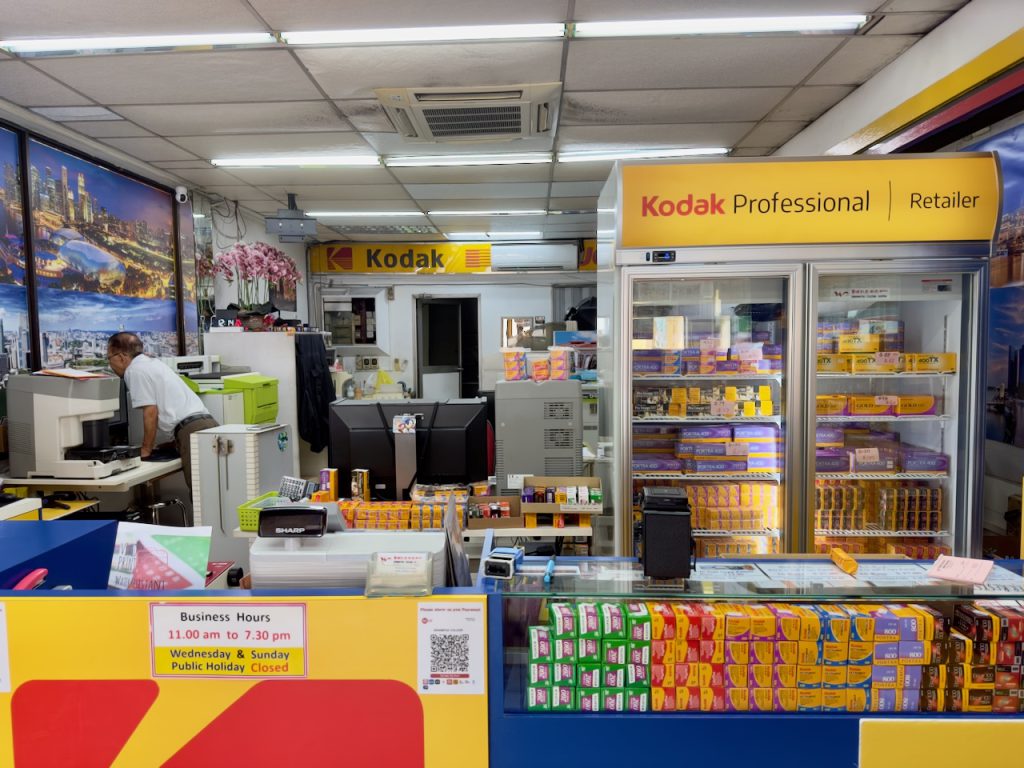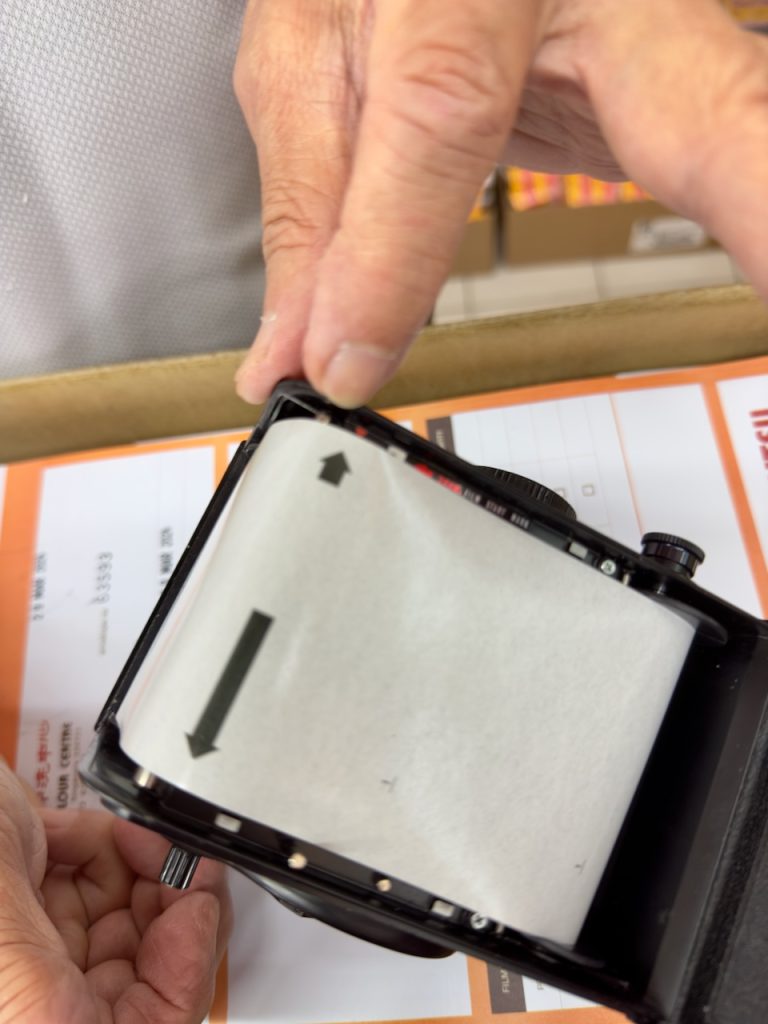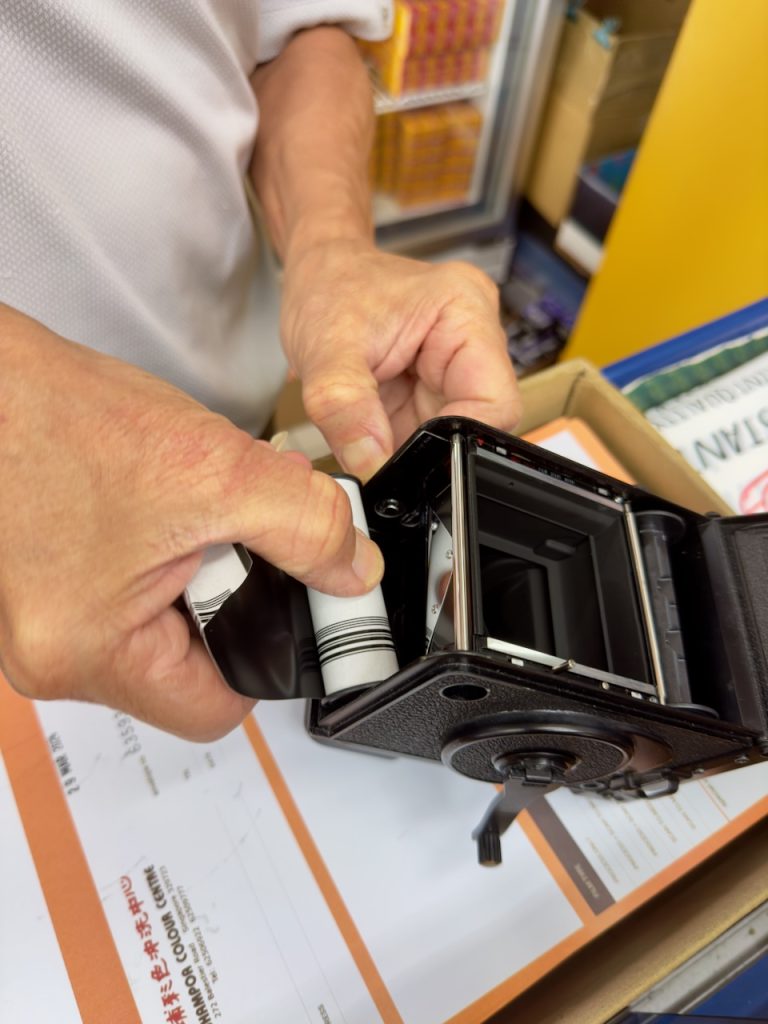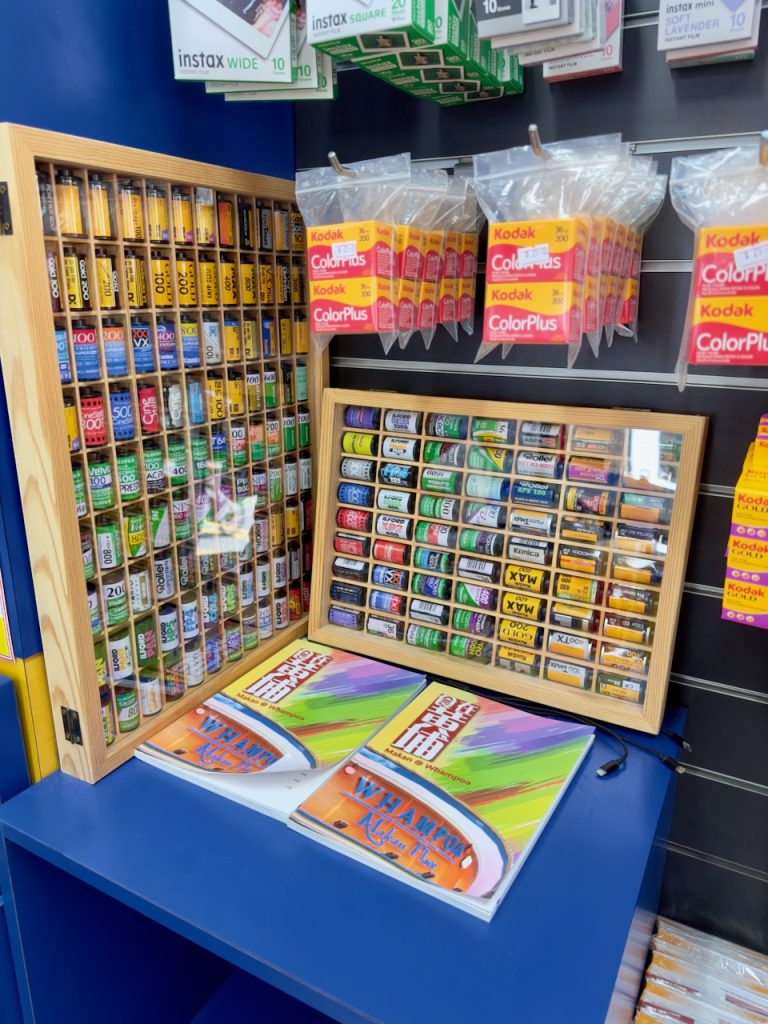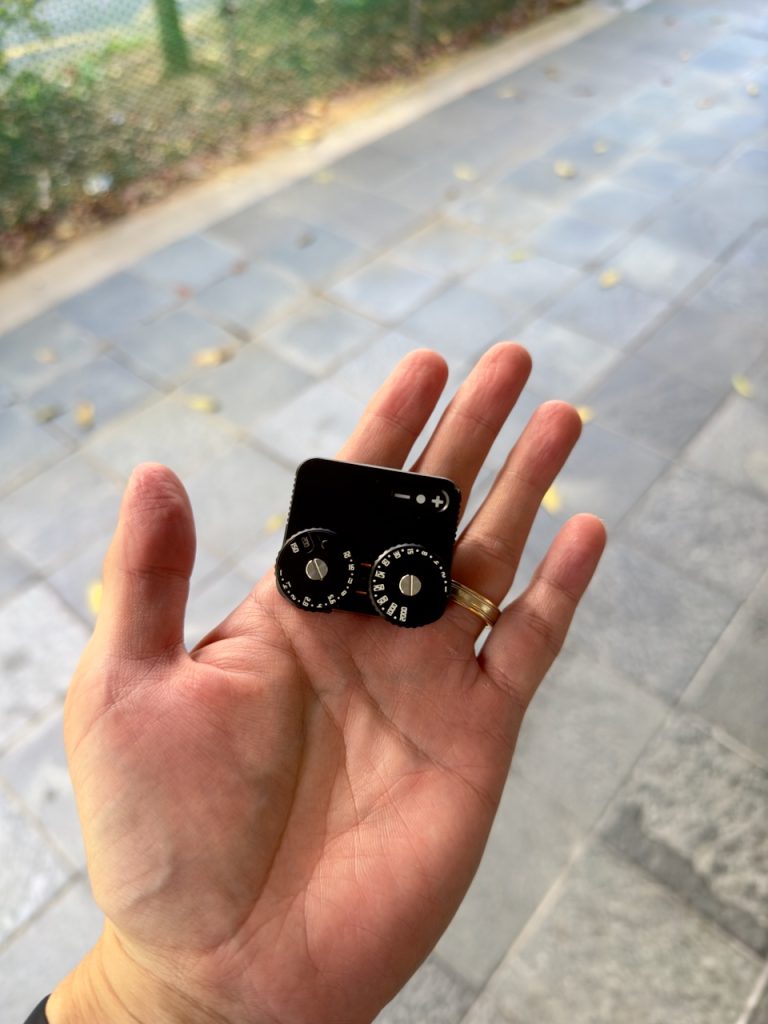I took a keen interest in street photography, or photography in general, when I got hold of the coveted Fujifilm X100V last year.
Initially, I thought it would be cool to get the Instax cameras to use on travels to capture memories. I particularly dig the film’s look.
So, me being me, I would start researching the various models to buy and devour hours of content from YouTube.
Eventually, I was introduced to the Fujifilm X100V and its recipes, which show how this digital camera can create beautiful film photos.
Nowadays, I would spend time enjoying various YouTube videos on street photography.
And through the process, analogue photography piqued my interest. I also have a childhood friend who shoots analogue, and I am amazed by the beautiful images film can produce.
The beautiful photos and the vintage camera models are such a beauty!
I really hope I can own a Hasselblad one day, but for now, the price point is way beyond what I am willing to spend. Still, I would love to have a camera with a waist-level viewfinder. I find it very cool.
After researching Reddit and YouTube, I decided to get a twin-lens reflex (TLR) camera.
A twin-lens reflex (TLR) camera features two objective lenses of the same focal length. One lens is used to take the photograph (taking lens), while the other acts as a viewfinder (viewing lens).
The basic design consists of a top lens, which you look through to compose your image, and a bottom lens, which takes the photograph. This design allows for a unique shooting experience, viewing your subject from one lens and capturing the image through another.
One of the most iconic TLR cameras is the Rolleiflex, which gained popularity for its high-quality optics and ease of use. TLR cameras were top-rated from the 1930s through the 1950s, but have since been largely supplanted by single lens reflex (SLR) and digital cameras. However, they remain beloved by many photographers for their nostalgic charm and distinctive image quality.
If you are in the market for a TLR, you will know that a mint Rollei doesn’t come cheap. Being a beginner, I am not prepared to spend so much on a camera that I have limited knowledge of.
The Yashica Mat 124 was a viable alternative during my research process. I tried to explore buying via Ebay Japan. Luckily, I found someone selling his Yashica Mat 124 on the carousel, and I figured if I could personally examine the lens before purchasing, I would feel better. (on hindsight, it was the right move. I just came back from Japan and after visiting several vintage camera shops in Tokyo, I found that the Yashica Mat 124 is highly sought after and stock is hard to come by)
I cannot test it immediately since it is not a digital camera. I can only look at the lens quality and hope for the best. It was an SGD500 gamble.
I intended to bring this camera for my upcoming Japan trip, so I had better learn how to use it properly and test the first roll of film to ensure it’s working fine.
There are two types of Yashica Mat 124. The one with a G behind is the model I am holding. It’s full black with gold lining—such a beauty.
Whampoa Color Centre: I know of this place because it’s located right across from my gym. I heard good reviews about it and decided to buy my first roll of film there.
The shop owner was very friendly. He recommended that I use Kodak Gold 200 and showed me how to load the film.
Developing the film via his shop was also a breeze. If you hand over the film before noon, he will send over the digital images by the end of the day.
I’ve read about using the Sunny 16 rule to gauge the F stop in various lighting conditions. But to be more precise, considering that each film shot cost me about SGD4, I decided to buy a light meter.
The model I bought is from TT Artisan. It works decently well. (I dropped it minutes after purchasing it, lol!)
Here are some thoughts after shooting my first roll of film.
- The images rendered are stunning – it’s one thing to use a digital camera to achieve a film look, but another to see the actual film-shot photo. I love the look and colour it produces.
- The process is gratifying – Due to the expense and the limited number of shots per roll (typically 12), I carefully contemplate the desired image before capturing it. Each frame’s composition becomes deliberate, heightening my awareness of the surroundings as I seek the perfect shot.
- The result can be intensely satisfying – The gratification from using a digital camera often stems from its immediacy; we can take numerous shots without restraint and receive instant feedback. Contrastingly, with film photography, we must patiently complete the entire roll before awaiting the development process. Upon receiving the developed photos, it feels like a child finally receiving a long-awaited toy. This delayed gratification intensifies the satisfaction, particularly when you realize you’ve captured a truly remarkable shot, making the experience all the more rewarding.
I eagerly anticipate sharing the outcomes of my inaugural venture into film photography with you in my upcoming post.

